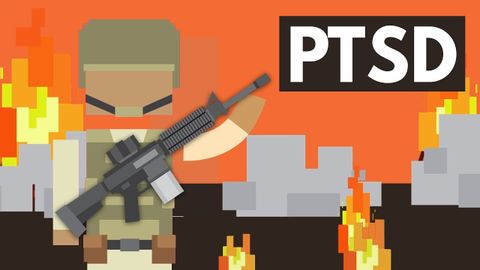什麼是創傷後壓力症候群?(What Is PTSD, Exactly?)
Evangeline 發佈於 2021 年 02 月 24 日  沒有此條件下的單字
沒有此條件下的單字US /æŋˈzaɪɪti/
・
UK /æŋ'zaɪətɪ/
- n. (u.)焦慮 ; 掛慮 ; 不安 ; 渴望 ; 熱望 ; 焦慮渴望 ; 焦急 ; 擔憂 ; 慮 ; 悒
US /ˈkruʃəl/
・
UK /'kru:ʃl/
US /ɪnˈtɛns/
・
UK /ɪn'tens/
US /ˌɪndəˈvɪdʒuəl/
・
UK /ˌɪndɪˈvɪdʒuəl/
- n. (c.)個人;單個項目;個體;個人賽
- adj.個人的;獨特的;個別的;獨特的
